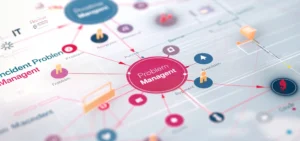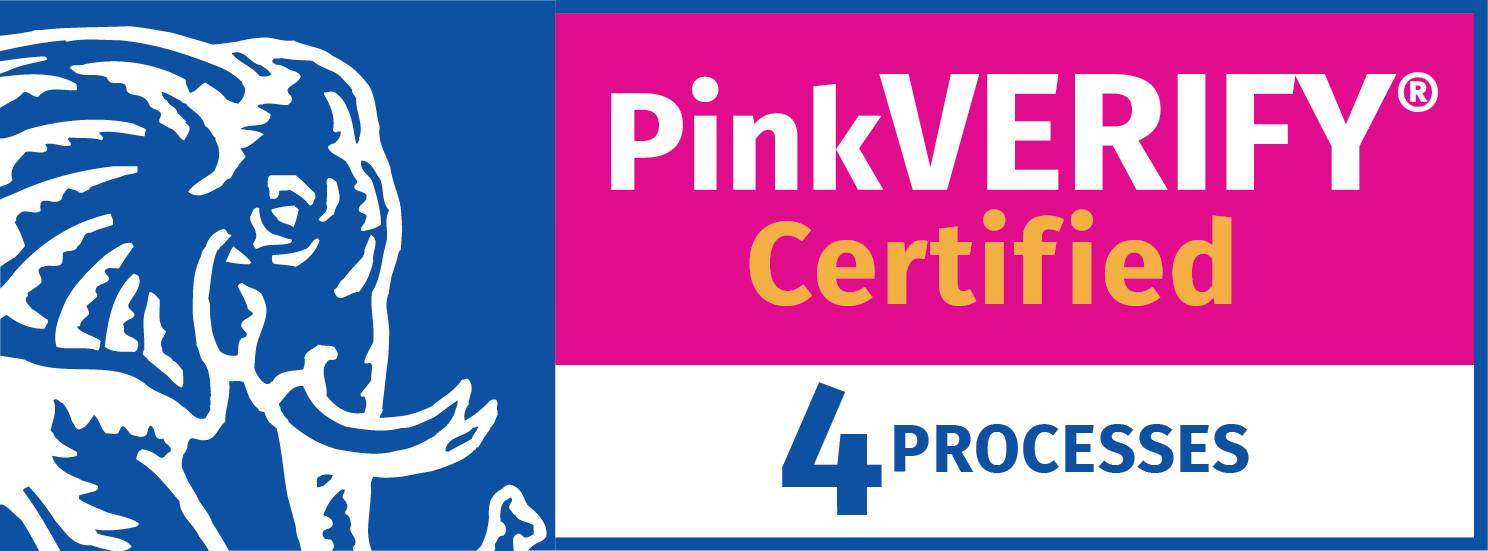Some problems seem to pop up at every help desk, regardless of industry or geography. Employees have trouble with logging in, or find themselves staring at the “blue screen of death.” If we were making a top five list of help desk calls, those two would join printing challenges, slow network speeds, and accidentally deleted files as the most common help desk issues.
As easy as it might seem to troubleshoot these problems, a lot of help desks end up spending an inordinate amount of time trying to fix them. It’s not that these challenges are really difficult. Half the time, log-in difficulties can be solved by pressing the CAPS LOCK key. It’s just that help desk personnel tend to change frequently, as employees view it as a starting point for their IT career.
The lack of continuity in the position can be chaotic, as every printer error needs to be diagnosed, analyzed, and dealt with from scratch, rather than being able to rely on past experience. To be truly efficient, help desks need to find a better way to troubleshoot the issues that they face.
Effective Support Starts with a Knowledge Base
Your knowledge base will enable new help desk hires to get up to speed quickly, and start resolving issues from day one. For example, most corporate printing problems stem from the computer not being connected to the right printer. This might happen due to changing file names, or someone used a different printer than usual and wasn’t able to find the right file path to reconnect.
Experienced help desk employees should have the printing paths at their fingertips, but newer employees might not be familiar with the servers or folder names that are needed to connect a computer with a printer. Having the information in a knowledge base will help recent hires identify the path, and resolve the printing issue right away.
Your knowledge base must have good documentation, with clear steps delineated to be effective as an onboarding aid. Search tools are critical, as is the ability for team members to rate the documentation. Poorly rated content should be analyzed and updated, to bring it up to speed with the needs of the department.
Analyzing the Data
Help desk teams need to review their knowledge base on a regular basis, using structured meetings to review the content and ensure that they are both relevant and accurate. In addition to reviewing the text of the knowledge base item, they should review the data relating to the item.
Data would show the frequency that items were included in a search, how often they were opened, and whether the help desk pro was able to use that information to resolve the issue at hand.
This review is a best practice for ensuring that your knowledge base is providing your team members with the information they need to get the job done.
As an added bonus, reviews may point out areas where automation could be implemented, identify bugs within the system, or highlight subjects that employees need to be trained on.
Beyond Help Desk Employees
While your knowledge base will support your revolving door of help desk team members, it can also be utilized to support self-service within all the business teams.
Empowering employees to resolve their own issues can free up the help desk to focus on the more challenging cases. For example, if employees are having trouble with their computer recognizing a USB device, they can go to the self-service knowledge base and find a list of things to check. The list might tell them to try a different USB port on the machine, try using a different device in the troublesome port, or try to connect the device to a different machine.
If those steps don’t help resolve the issue, it indicates a more serious issue that will need help desk intervention. However, if they do resolve the issue, the help desk can focus its attention on more problematic issues.
There are many ways to implement self-service functionality, including portal searches, mobile searches, and chatbots. These tools all should work seamlessly together to help employees troubleshoot their own problems.
It’s Not Easy, but Your Knowledge Base Makes Things Easier
Creating and maintaining a knowledge base is challenging. Every change in your IT infrastructure could result in knowledge base items falling out of date, which means in addition to writing up fixes to new problems, you need to keep revisiting solutions to make sure they are current.
Even with that added hassle, maintaining a high-performing, up to date knowledge base could be the most important step you take in maintaining an efficient help desk.






